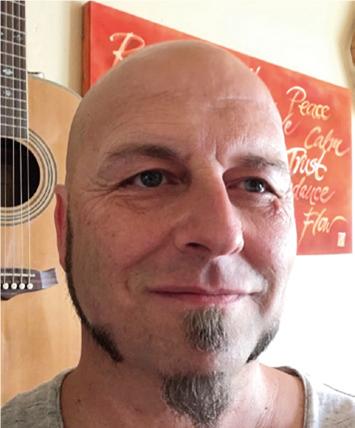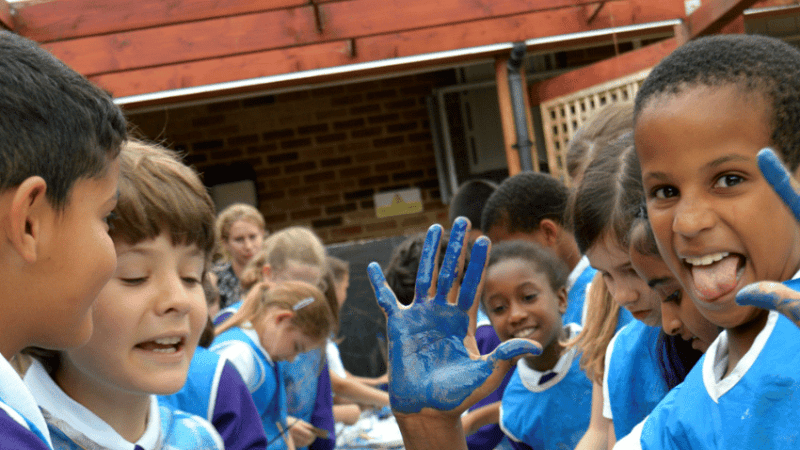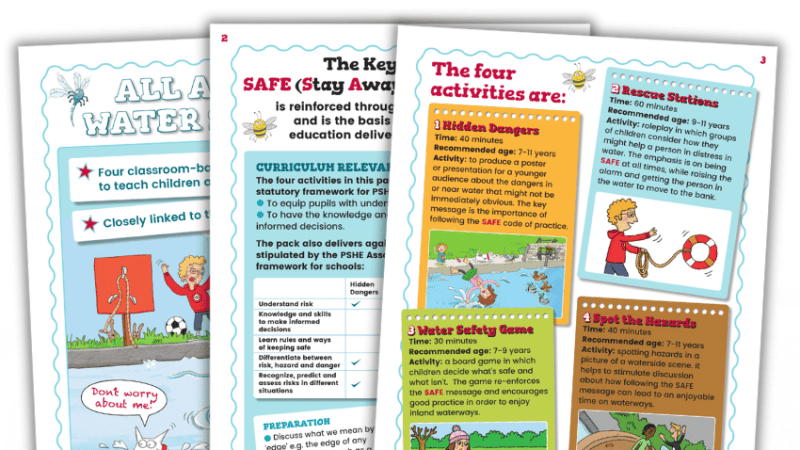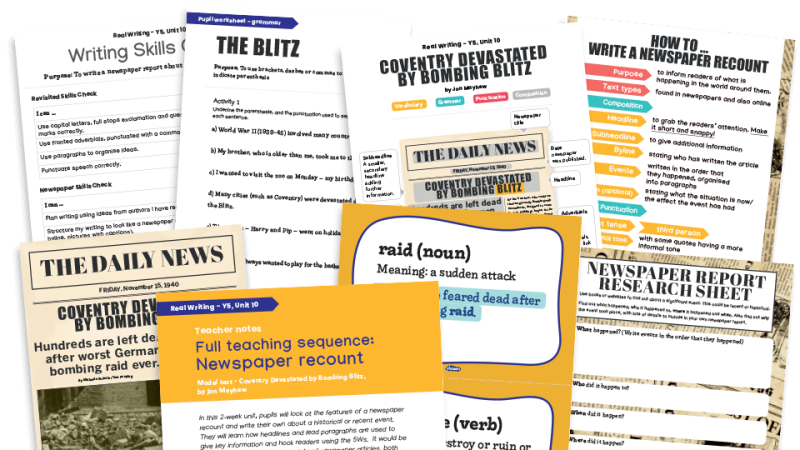Ignore What You’ve Heard – Every SENCo Can Lead A Music Session
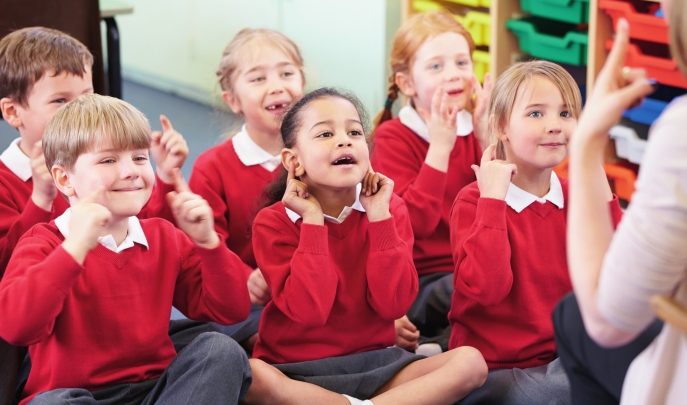
If you’re happy to organise professional-led music sessions in your setting, but balk at the idea of leading them yourself, let Craig Trafford explain why there’s nothing to fear

SENCos – those priceless cornerstones of pedagogy – know that music-making opportunities facilitate broad, holistic learning access to all topics, with some employing specialists to run participatory music programmes for their school or setting.
However, many SENCos are reluctant to provide their own inclusive music making sessions, perhaps as the result of confidence-sapping myths and limiting beliefs.
By addressing these common myths, we can encourage any SENCo who might otherwise consider themselves ‘musically challenged’ to overcome such reluctance.
Playing the long game
Schools might revel in music programmes designed and delivered by music hubs, community musicians, specialists and music-focused ‘experts,’ but all too abruptly these programmes end. Groups dissipate. Instruments are retired to gather dust on storeroom shelves, leaving a music and movement void.
The misperception here is that no ‘expert’ means no music.
What about the children? A forlorn imprint now remains; a mere memory of magical learning moments that once catered for all learning and sensory preferences. Important momentum in personal, social, emotional, physical, cognitive, academic and learning benefits grinds to a halt.
So how might the ‘nonmusical’ SENCo, sustain and develop their invaluable work using the school’s own resources?
Dismantling the Myths
First, let’s dismantle the myths, discover your hidden talents, suggest actionable frameworks that might help, and inspire with a sprinkling of resources.
Myth 1 – “Music-making is the realm of specialist musicians”
Do parents undergo music training before singing nursery rhymes or tapping along on a biscuit tin to the latest hit from Mr Tumble? As a significant adult in a child’s life, your voice is an emotional nutrient. Your children will feel good when you sing.
Someone once told me the quote, “We don’t sing because we’re happy; we’re happy because we sing.” Singing makes everyone feel good. Relinquish your harsh selfjudgments and simply sing with the children.
Don’t enjoy singing? You can always ‘talk-sing’, by exaggerating your vocal inflections and playfully moving your voice around, as we would when reciting ‘Incey Wincey Spider,’ or performing an animated story reading.
Myth 2 – “I can’t keep time, so there’s no way i can lead a music session.”
Steady beat is an action that refines over time. Just ask any drummer.
According to early years consultant Ros Bailey, a major benefit of steady beat competency is that you are providing the basis of early language learning, and thus thinking skills. Your heart and lungs automatically keep their own rhythms, so you’re already unconsciously following a steady beat without effort!
Let your CD tunes initially keep the beats for you. Relax. It’s okay to sometimes miss the beat. Do your best to follow clapping songs and body beats activities. Maybe start with some rhymes, perhaps some slow hip-hop or reggae with a strong beat, with everyone clapping along. Refine and add complexities as you go. We don’t ‘work’ music, we ‘play’ it – so have fun.
Myth 3 – “You need music specialists to run proper music sessions.”
In the hands of an experienced musician, a musical instrument can be a device of mystery and beauty. In the hands of inexperienced adults and children, instruments can become curiosity-inducing sound-makers to be explored, played with and intrinsically valued, leading to an ocean of experience and discovery Specialists are wonderful and add value to your experience, but you don’t need them all the time.
Be open, creative, curious, and embrace the chance to enjoy making sounds. You will already be organising and feeding progressive developmental steps into your children’s learning, so you know what they need.
Un-tuned percussion can help you to tell stories, highlight events, encourage participation, represent characters, and make a range of simple or increasingly complex music. Record your use of instruments and play it back – everyone loves that.
So, with the myths dismantled and your innate talents revealed, let’s see what a 15 to 20-minute music session might look like…
A 15-20 minute music session format
In this session, the children learn about participation, positive emotions, body acknowledgement, selfawareness, handling instruments and meaningful movement.
1. Gentle introduction – make some soft sounds on an instrument or play some peaceful and calming music as the group enters the session.
2. Sing and clap a greeting song – this is an opportunity for making eye contact, warming up and assessing participation levels.
3. Perform a whole body action song – songs such as these can be inclusively adapted. Everyone can benefit from body acknowledgement, body beats, muscle lengthening, and the naming of body parts and functions. Feeling bodypositive is key.
Make the physical activity easy to join in with, throwing in graded challenges at appropriate times. Actions that include backwards and forwards movements can help activate participation – eg. rocking back and forth to accompany a rendition of ‘Row, Row, Row Your Boat’.
4. Listening activity – for hearing impaired children I would recommend resonance boards, shaman drums, acoustic guitars, or any instrument that facilitates listening to, sensing and feeling variation in vibrations. For a sample activity, try dropping and rolling a ball shaker across a wide, nestled drum head.
5. Exercise motor control – an activity that connects gross and fine motor skills in preparation for instrument or props play. When these things are done in full awareness, the effect amplifies and the teachable moments increase. You might, for example, flap your ‘wings’ and tap your fingers.
6. Play with instruments – play along to a CD, a live musician or a steady beat Beat competency can help with language issues and introduce dynamics (‘stop/start’, ‘fast/ slow’, ‘loud/soft’, etc.)
7. Closing song – use the same closing song each time. It can be something calm, easing us back into the body.
For maximum value, make music every day – little and often is best.
Above all, let your inner musicality flourish. Take notes as your creative ideas flow. You’ll soon find yourself building a comprehensive and curriculum-enriching inclusive music repertoire – and more importantly, helping your children develop a lifelong love of music.
NOW HEAR THIS
How to facilitate a meaningful musicmaking session
> Check your needsassessment for the group Mentally highlight any individuals you wish to benefit in specific ways from the session. A mental note should suffice – e.g. ‘Julie looks lost and vague.’
> Set your intention. Following from the previous step, consciously decide what outcomes you want – eg. ‘Julie could benefit from more eye contact.’
> Scan your repertoire. Look over the various activities available to you and trust those that jump out. You might, for example, sing the ‘Bluebird’ activity song (tinyurl.com/ sc-bluebird-song) and ask Julie to ‘show us what she likes – to eat.’
> Observe the results as you usually would, and decide the next step.
ABOUT THE AUTHOR
Craig Trafford is a SEND music specialist based at the resources, teaching and training provider, Drums for Schools. For more information, visit drumsforschools.com





